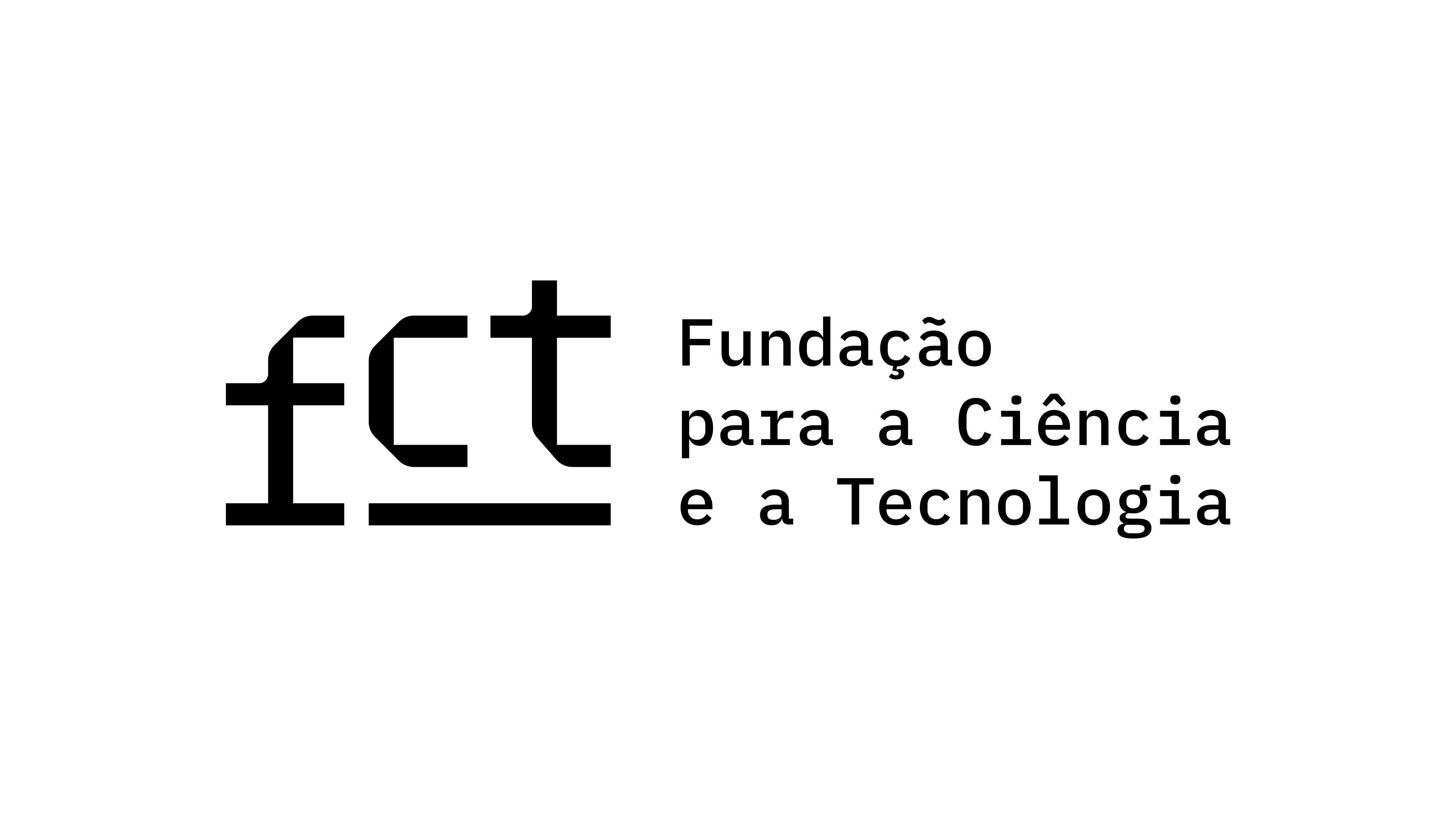Para Além da Imagem-Cristal: Contributos para a Identificação de uma Terceira Síntese do Tempo nos Cinemas de Gilles Deleuze
Palavras-chave:
cinema, image, immanence, time, DeleuzeResumo
The influence of the Bergsonian theory of images and philosophy of time in Deleuze’s Cinema has received a lot of attention by the best commentators and has contributed to establish the fundamental role played by the crystal-image in the internal architecture of The Time-Image. Without diminishing its importance this article will try to show, in the context of the threefold theory of time-synthesis and the correlative doctrine of faculties — developed by Deleuze, for instance, in Proust and Signs and Difference and Repetition — that there is evidence of a third synthesis of time in the second volume of the Cinema. The aim of this reading is to draw the line between the philosophies of time of Bergson and Deleuze: if, in the crystal-images of modern cinema, the author of The Logic of Sense found the visual incarnation of the paradoxes of time of the author of Matter and Memory, that doesn’t mean that the last word belongs to this image as it is also demonstrated by the residual Platonism that Deleuze criticizes, across his entire work, in Bergson’s philosophy of time. We will try, therefore, to prove that in The Time-Image Deleuze, repeating the arguments of Proust and Signs and Difference and Repetition, aims to overcome Bergson by creating an ultimate and terrible form of temporality, a form that the notion “power of the false” consecrates and that is followed, at the level of the doctrine of the faculties, by a movement in which Memory gives place to Thought.
Downloads
Publicado
Como Citar
Edição
Secção
Licença

Este trabalho encontra-se publicado com a Licença Internacional Creative Commons Atribuição 4.0.




